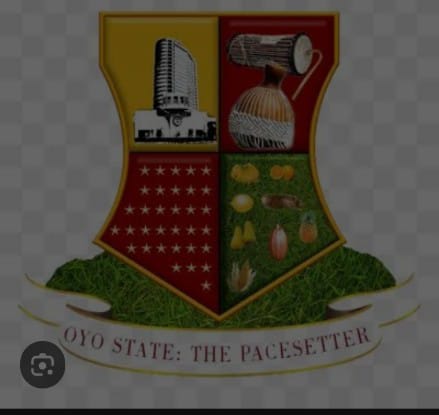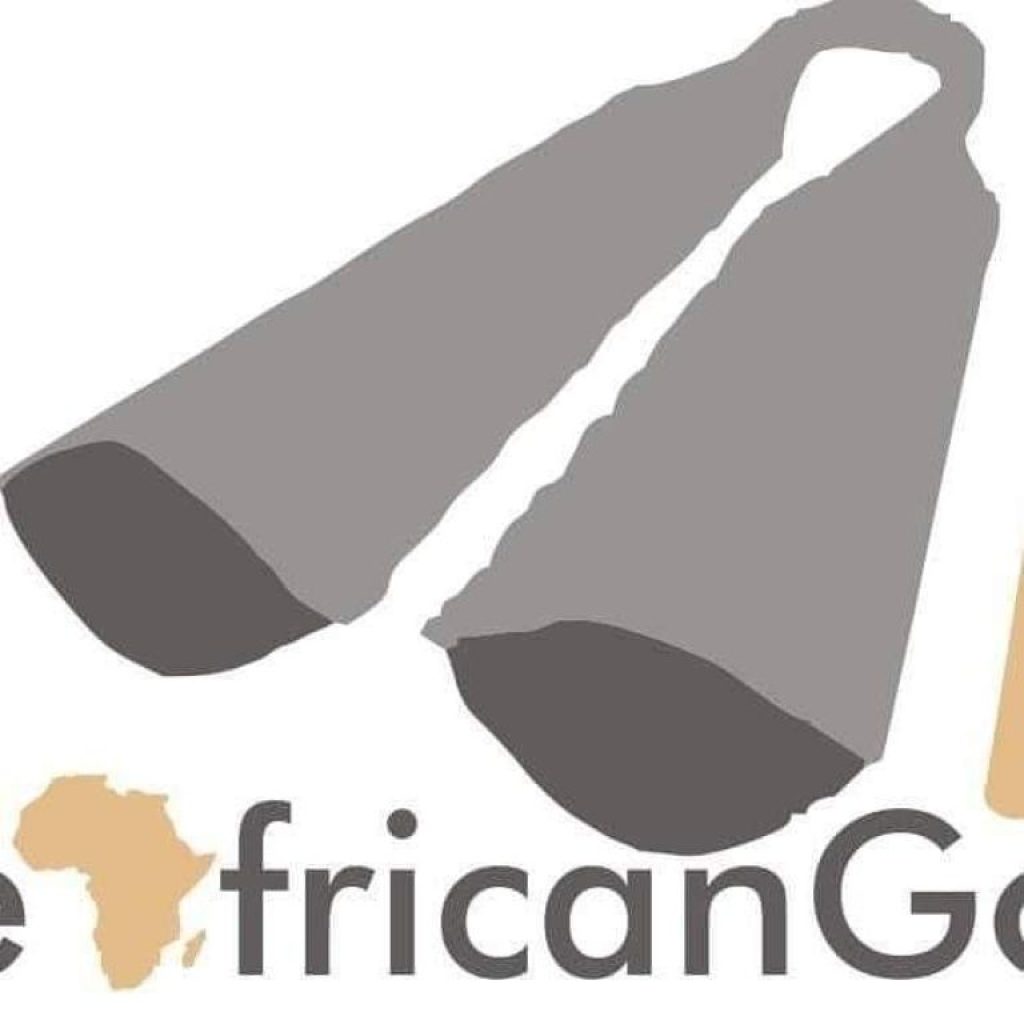
By Wale Ojo-Lanre Esq
The imperative of equity demands judicious and equitable allocation of political assets, especially where all components are considered equal. Failure to adhere to this principle can stir intellectual and sociological oppression from the ‘oppressed’, a dynamic now evident in Oyo State.
Oyo State, the “Pace Setter State,” is a pivotal political and economic entity in South-Western Nigeria. Its rich history, intertwined with the Old Oyo Empire, boasts a diverse population including Ibadans, Ibarapas, Oyos, Oke-Oguns, and Ogbomosos. This mosaic necessitates a governance structure fostering unity and equitable representation.
In Nigerian politics, an unwritten yet widely accepted convention of power rotation, or “zoning,” shapes outcomes. Though not formally in the 1999 Constitution, this practice, even formalized by parties like the PDP, promotes inclusivity, fairness, and balanced representation among diverse groups. This adherence highlights Nigerian political pragmatism: preventing perpetual power concentration and avoiding marginalization and instability. Advocating for an Oyo North gubernatorial candidate is thus an appeal to this deeply ingrained mechanism for harmony and collective ownership.

This article posits that for true equity, comprehensive development, and strengthened unity in Oyo State, the next governorship should rightfully emerge from the Oyo North Senatorial District. This argument is based on meticulous historical analysis of gubernatorial representation and examination of the district’s significant, often underrepresented, contributions and potential.
Oyo State is strategically delineated into three senatorial districts: Oyo North, Oyo Central, and Oyo South. These divisions are fundamental to the state’s political architecture, influencing resource allocation, legislative representation, and power distribution. Understanding their composition is essential for appreciating political dynamics and historical leadership patterns.
The Oyo North Senatorial District is a significant geographical and demographic entity, encompassing a substantial portion of Oyo State. It comprises 13 Local Government Areas (LGAs): Saki West, Saki East, Atisbo, Irepo, Olorunsogo, Kajola, Iwajawa, Ogbomoso North, Ogbomoso South, Iseyin, Oorelope, Oriire, and Itesiwaju. This district effectively integrates the Oke-Ogun and Ogbomoso zones, distinct sub-ethnic groups indigenous to Oyo State. Their explicit inclusion underscores Oyo North’s socio-political representation, not just geographical. The Oke-Ogun area alone accounts for a large percentage of the state’s total population, indicating a gubernatorial candidate from this district would represent a substantial and diverse bloc. This broad representation strengthens the argument for their turn, addressing the collective aspirations of a large, distinct, and historically significant segment of the state.

The Oyo Central Senatorial District includes 11 LGAs: Afijio, Akinyele, Atiba, Egbeda, Lagelu, Ogo Oluwa, Oluyole, Ona Ara, Oyo East, Oyo West, and Surulere. The Oyo South Senatorial District, notably housing the state capital, Ibadan, comprises 9 LGAs: Ibadan North, Ibadan North-East, Ibadan North-West, Ibadan South-East, Ibadan South-West, Ibarapa Central, Ibarapa East, Ibarapa North, and Ido. These serve as a foundational reference for the subsequent historical analysis of gubernatorial origins, underscoring Oyo North’s significant territorial and demographic size.
Having established the composition of each Senatorial District and its local governments, let’s examine the historical trajectory of democratic Governors and their Origins in Oyo State from 1979-2025. Since Nigeria’s return to democratic governance in 1979, Oyo State has been led by several democratically elected governors. A sequential examination of their origins reveals a striking pattern: a persistent concentration of power within a specific senatorial district.
The first civilian governor, Chief Bola Ige (UPN, Oct 1, 1979 – Oct 1, 1983), though born in Esa Oke (now Osun State), had his political base firmly in Ibadan, placing his political center of gravity within the Oyo South Senatorial District. Following Chief Ige, Dr. Victor Omololu Olunloyo (NPN, Oct 1, 1983 – Dec 31, 1983) was born in Ibadan, situating him within the Oyo South Senatorial District; his tenure was cut short by a military coup. The Third Republic saw Chief Kolapo Olawuyi Ishola (SDP, Jan 2, 1992 – Nov 17, 1993) serve as governor. Like his predecessors, Chief Ishola was born in Ibadan, firmly placing him in the Oyo South Senatorial District; his term also ended prematurely due to military intervention.
With the Fourth Republic in 1999, Dr. Lam Adesina (AD, May 29, 1999 – May 28, 2003) became governor. Dr. Adesina was born in Ibadan, thereby originating from the Oyo South Senatorial District. His successor, Senator Rashidi Adewolu Ladoja (PDP, May 29, 2003), the next Olubadan of Ibadan, was born in Gambari, Ibadan, and had previously represented the Oyo South Senatorial District as a Senator. His governorship experienced significant political turbulence, including a controversial impeachment (Jan 12, 2006) later nullified and overturned, leading to his reinstatement (Dec 7, 2006), serving until May 28, 2007.
It is within this context that Christopher Adebayo Alao-Akala’s governorship presents unique circumstances. Following Governor Ladoja’s impeachment, Alao-Akala assumed the de facto governorship (Jan 12, 2006 – Dec 7, 2006). This interim period was characterized by political unrest, and his ascension was a direct consequence of the controversial, ultimately illegal, impeachment. Subsequently, after Ladoja’s reinstatement, Alao-Akala successfully contested and won the gubernatorial election in 2007 under the PDP, serving a full term (May 29, 2007 – May 29, 2011). Alao-Akala was born in Ogbomoso, Ogbomoso North Local Government Area, part of the Oyo North Senatorial District.

While he served a full elected term, his initial rise was not a direct electoral mandate but a consequence of a political crisis. This historical anomaly underscores the difficulty Oyo North has faced in producing a governor through conventional, uninterrupted political pathways from the outset of a term.
Senator Abiola Ajimobi (ACN, later APC) served two consecutive terms (May 29, 2011 – May 29, 2019), the first governor in Oyo State to achieve this. Senator Ajimobi was born in Oja’ba, Ibadan, and had previously represented the Oyo South Senatorial District, firmly placing him within Oyo South. The incumbent governor, Engineer Seyi Makinde (PDP), assumed office on May 29, 2019, and was re-elected in 2023. Governor Makinde was born in Oja’ba, Ibadan, originating from the Oyo South Senatorial District.
A sequential review of all democratically elected governors reveals a striking and enduring pattern: with the singular exception of Christopher Alao-Akala’s elected term, every other governor originated from Ibadan, a city squarely located within the Oyo South Senatorial District. Even Chief Bola Ige, though born in what is now Osun State, had his primary political base in Ibadan. This consistent concentration of gubernatorial power within the Ibadan bloc (Oyo South Senatorial District) signifies a deeply entrenched imbalance. For over four decades of democratic governance, only one governor has emerged from Oyo North, and even that instance was initially triggered by an extraordinary political event rather than a conventional, uninterrupted electoral cycle for his first term. This suggests a systemic imbalance, where the principle of rotational justice, frequently invoked in Nigerian politics, has largely been overlooked or under-applied in the context of Oyo State’s highest office.
This sustained imbalance can lead to perceptions of marginalization among the people of Oyo North and other underrepresented districts, potentially fostering regional resentment and hindering the sense of collective ownership in the state’s governance. This raises questions about equitable resource allocation and development focus, as leadership tends to prioritize its immediate constituency. The initial “strange circumstances” of Alao-Akala’s rise to the governorship, stemming from an impeachment that was later nullified, further highlight the historical difficulty Oyo North has faced in producing a governor through conventional political pathways. This historical anomaly reinforces the argument that Oyo North has been consistently sidelined in the gubernatorial race. It strengthens the case for a deliberate and equitable shift in political power to this district, not just as a matter of turn, but as a rectification of a long-standing historical pattern of exclusion from the highest office.
The compelling argument for the next Governor of Oyo State to emerge from the Oyo North Senatorial District rests on several key pillars: its significant demographic and economic contributions, its rich human capital and cultural heritage, and the overarching need to rectify historical imbalances in political leadership. Oyo State boasts a substantial population, projected at 7,976,100 in 2022. While precise population figures for each senatorial district are not readily available, the Oke-Ogun area alone, a vital component of Oyo North, accounts for a large percentage of the state’s total population. This demographic weight, coupled with minimal gubernatorial representation, points to untapped political potential. Policies and development initiatives focused on Oyo North would directly impact a substantial portion of the state’s populace, leading to more inclusive and widespread growth.
A governor from Oyo North would naturally bring focused attention to the needs and aspirations of this large population segment, ensuring their voices are heard at the highest level of state governance and potentially unlocking their full potential for state development. Furthermore, Oyo North, particularly the Oke-Ogun region, is widely recognized as the “food basket” of Oyo State. The area is blessed with fertile agricultural land, with approximately 80% of its population engaged in farming. Major agricultural products include staple crops like cassava, maize, millet, kolanut, palm tree, cashew, and cocoa. Beyond agriculture, Oyo North holds significant potential for diversified economic growth and industrial expansion. While Ibadan (Oyo South) is a major economic hub, Oyo North’s agricultural strength, coupled with state-level efforts to industrialize and diversify the economy, presents a compelling case for strategic investment.
The district also possesses a growing foundation for human development, evidenced by its educational institutions and healthcare infrastructure. Oyo North is home to several tertiary institutions, including the Ladoke Akintola University of Technology (LAUTECH) in Ogbomoso, the Federal Polytechnic Ayede (Ogbomoso), the Oke-Ogun Polytechnic (formerly The Polytechnic, Ibadan satellite campus in Saki), and the new University of Agriculture and Technology, Okeho. A governor from this district would be well-positioned to further champion these critical sectors, ensuring that the benefits of education and healthcare are maximized for the local populace, leading to a more evenly developed state.
Finally, Oyo North is a treasure trove of unique cultural heritage and untapped tourism potential. Oyo State, particularly its northern parts, holds immense cultural and historical significance. The Old Oyo National Park is located in the historical site of the ancient capital of the famous Old Oyo Empire. The Oyo Empire itself was a powerful Yoruba empire with a rich history of commerce, architecture, and cultural diversity. A geological marvel, the Ado-Awaye Suspended Lake, one of only two known suspended lakes globally, is located in Oke-Ogun, offering significant eco-tourism and adventure potential.
The historical analysis presented above unequivocally demonstrates a significant and prolonged imbalance in the gubernatorial leadership of Oyo State. A governor from Oyo North would send a powerful message of inclusion and equity, potentially diffusing latent regional grievances and strengthening the social fabric of the state, thereby contributing to long-term political stability and a more harmonious political environment. By consciously deciding to zone the governorship to Oyo North, political stakeholders in Oyo State can proactively demonstrate a commitment to inclusive governance. This decision would serve as a powerful precedent, indicating that merit and capacity are recognized across all regions, and that the state is truly committed to a balanced developmental agenda; it goes beyond mere rhetoric to tangible action.
The emergence of a governor from Oyo North would signify a new era of inclusive governance, where the unique strengths and needs of every senatorial district are recognized and leveraged for the collective good. This strategic move promises not only to address historical imbalances but also to foster balanced development, strengthen inter-district harmony, and ensure a more prosperous and united future for all citizens of Oyo State.
This article comes at a time when an eminent citizen of Oyo North Senatorial District, Sunday Dare, a former Minister, stated in an interview with Seun Okinbaloye: “Seun, simply put, when you have a particular zone or part of the State producing Governor for twenty-two years, and then the other component of the State equally strong, Oke Ogun, Ogbomosho, Ibarapa, I mean you should expect that, at a time there would be some contests and in 2027 you are going to see the contest coming up.

Of course, everybody will have the right to contest, and in 2027 every component will have to contest and you can’t deny that Ibadan has been there. For the Ogbomosho zone, for the Oke Ogun zone, they have to get their political acts together, they have to mobilize, they have to show a superiority level in ideas, in mobilization, organization in order to dislodge Ibadan.” This task is not herculean but also needs compromise, a robust sense of give-and-take, and political sagacity from the people of Oyo North Senatorial District.
